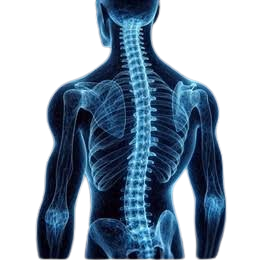When you think of oranges, it’s the juicy, sweet, and tangy flesh that probably comes to mind first. However, orange peels are often overlooked, despite being rich in essential nutrients and compounds. Let’s explore five surprising health benefits of orange peel that might make you reconsider throwing it away, and discover how you can incorporate it into your daily routine.
1. Packed with Antioxidants
Orange peels are loaded with flavonoids, powerful antioxidants that help combat free radicals in the body. Free radicals are unstable molecules that can damage cells, leading to inflammation and diseases such as cancer. One of the most notable flavonoids in orange peel is hesperidin, known for its anti-inflammatory and anti-carcinogenic properties.
How to Use It:
Try drying orange peels and grinding them into a powder to sprinkle on smoothies or mix with herbal tea. This way, you can boost your antioxidant intake naturally.
2. Boosts Digestive Health
Orange peel contains a high amount of dietary fiber, especially pectin, which is a prebiotic that promotes the growth of healthy gut bacteria. Fiber aids digestion by preventing constipation and promoting regular bowel movements. It also helps in maintaining a healthy gut environment, which is crucial for overall health.
How to Use It:
Add finely chopped orange peel zest to your salads or yogurt for a fiber boost. You can also steep orange peel in hot water to make a digestive tea after meals.
3. Supports Weight Loss
Surprisingly, orange peel can aid in weight loss! It is low in calories but rich in fiber, which keeps you feeling full for longer. Additionally, compounds in orange peel help to increase your metabolism, assisting the body in burning fat more efficiently.
How to Use It:
Create a homemade orange peel tea by boiling fresh or dried orange peels with cinnamon and a touch of honey. Drink this between meals to support your weight management efforts.
4. Improves Skin Health
Thanks to its high vitamin C content, orange peel can do wonders for your skin. Vitamin C is known for its role in boosting collagen production, keeping your skin youthful and radiant. Additionally, the citric acid in orange peel helps exfoliate dead skin cells, reducing acne and brightening your complexion.
How to Use It:
Make a DIY face mask by mixing powdered orange peel with yogurt and honey. Apply it to your face for a natural exfoliation treatment and enjoy softer, brighter skin.
5. Boosts Immune System
Orange peel contains more vitamin C than the actual fruit itself, making it an excellent immune booster. Vitamin C is essential for maintaining a healthy immune system, reducing the severity of cold and flu symptoms, and supporting the body’s ability to heal.
How to Use It:
Incorporate orange peel into your diet by making a flavorful orange peel jam or marmalade. You can also grate some fresh peel over soups or stews for added nutrition and flavor.
Final Thoughts
Orange peels are often discarded, but as you’ve learned, they are packed with health benefits that are too good to waste. From improving skin health to supporting weight loss, there are various ways to use orange peels in your everyday life. The next time you enjoy an orange, remember that the peel holds as much value as the fruit itself!
Pro Tip: Always opt for organic oranges when using the peel, as conventional ones may have pesticide residues. Wash thoroughly before use to ensure it's safe for consumption.
So, are you ready to give your orange peels a second chance? Let these benefits inspire you to get creative and add them to your health routine!









